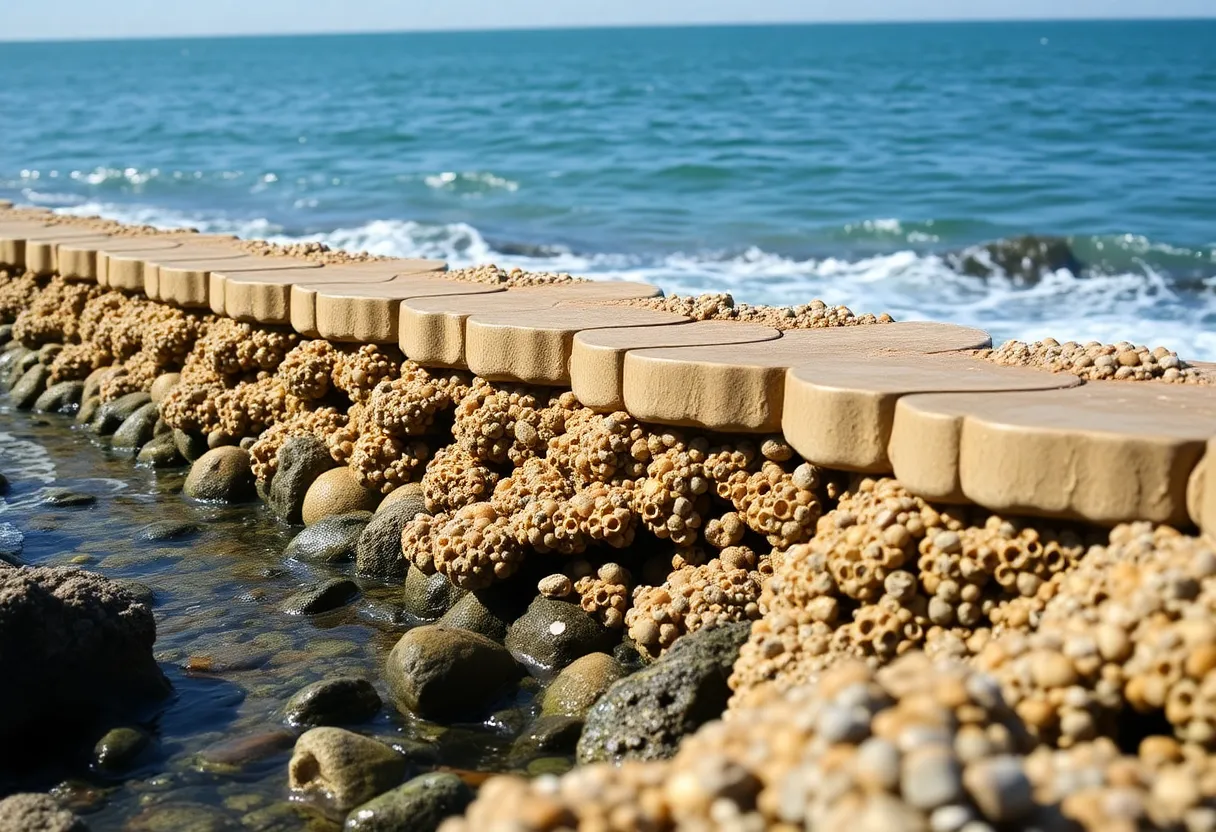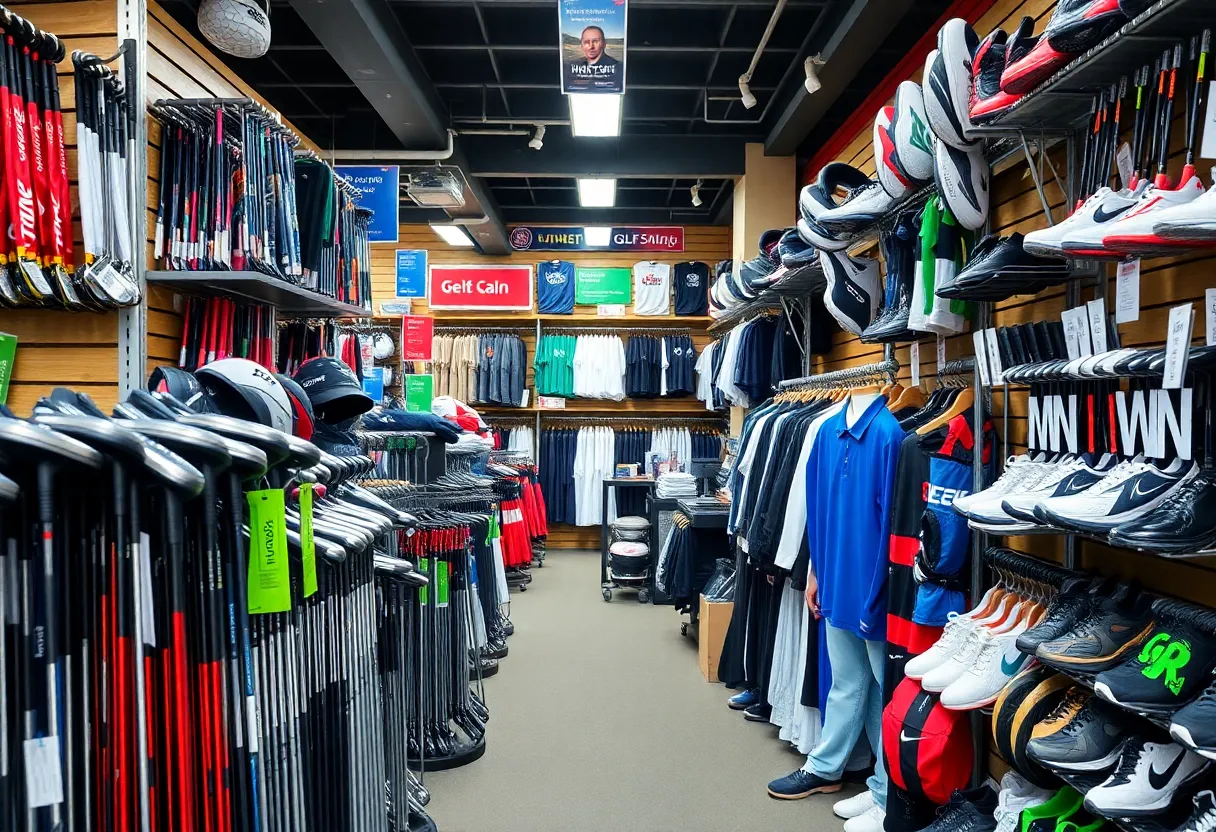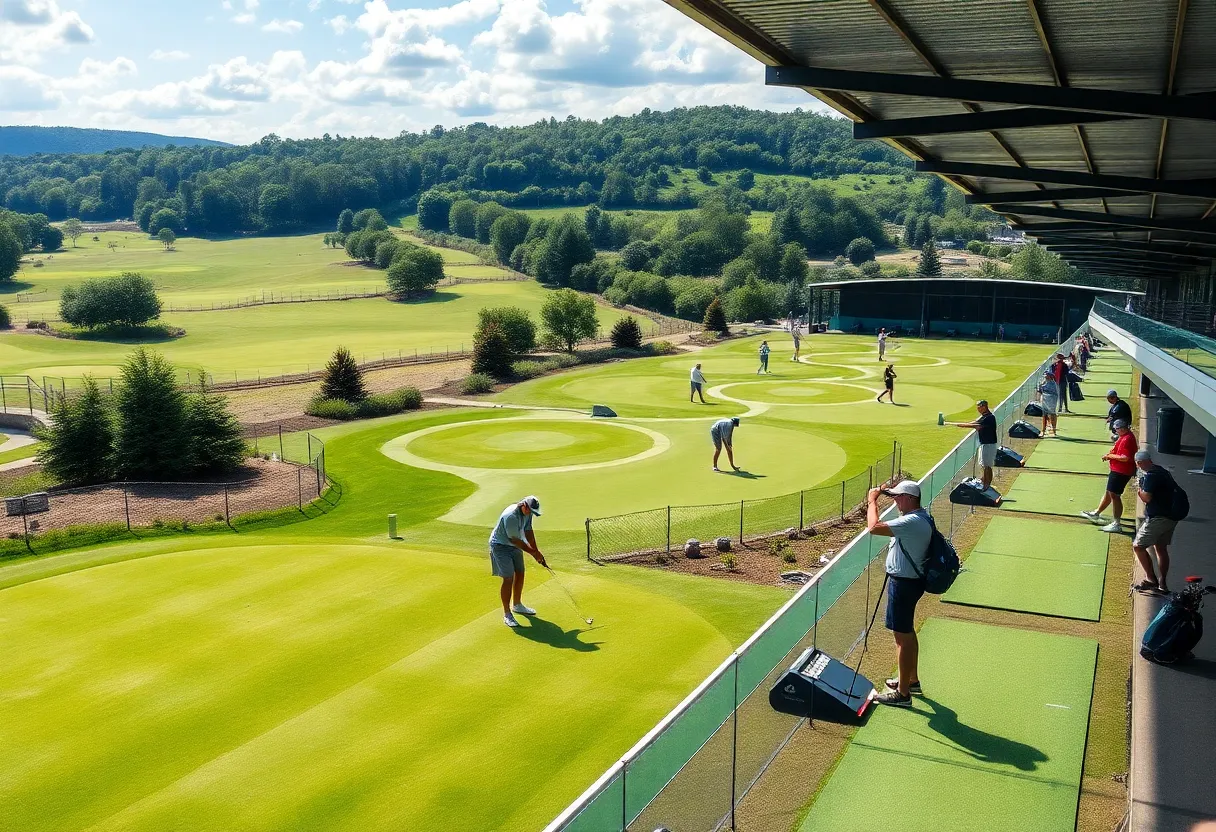News Summary
UMass Boston has initiated the Living Seawall Project to boost marine habitat and coastal resilience with nature-based solutions. This innovative project features the first Living Seawall panels in North America, installed at Boston’s Seaport and East Boston. Designed to create habitats for marine species, the panels will be researched for their effectiveness in improving biodiversity over 18 months. The project represents a collaboration between academic institutions and the community to address environmental challenges and educate students in climate resilience.
Boston – UMass Boston has launched its Living Seawall Project, aiming to enhance marine habitat and bolster coastal resilience through innovative, nature-based solutions. Initiated by the Stone Living Lab, led by Professor Katherine Dafforn and colleague Joe Christo, this initiative marks the first installation of Living Seawall panels in North America. The project focuses on improving biodiversity along Boston’s coastline, where a significant portion is lined with traditional seawalls.
Last November, Living Seawall panels were installed at two prominent sites: Boston’s Seaport and East Boston’s Condor Street Urban Wild. The panels are designed to mimic the characteristics of natural shorelines, thereby creating protected habitats for native marine species such as barnacles, seaweed, and oysters. This innovative approach addresses the challenges faced by marine organisms that struggle to thrive on the flat surfaces of conventional seawalls.
Across Boston’s 47-mile coastline, approximately 43 miles contain seawalls or similar structures that may benefit from enhancements offered by the Living Seawall project. The panels feature irregular designs with pools and crevices that support diverse marine life, promoting habitats that were absent in the traditional flat seawalls.
Research conducted by the Stone Living Lab will involve comparing the new uniquely shaped panels against flat control panels to gauge their effectiveness in fostering biodiversity. A dedicated team from UMass Boston, under the supervision of Dafforn, will monitor the performance of the Living Seawalls over an 18-month period. This comprehensive ongoing research will include assessing water quality and the broader ecological impacts of the panels.
In addition to enhancing marine biodiversity, the Living Seawall project underscores UMass Boston’s commitment to educating students on climate resilience and environmental protection. The initiative is a collaboration between UMass Boston, the city of Boston, and Boston Harbor Now, highlighting the importance of community engagement in addressing environmental challenges.
To date, early observations suggest success, with various marine organisms, including snails and mussels, colonizing the newly installed panels. Such findings reinforce expectations for the project to provide valuable insights into restoring marine ecosystems affected by rising sea levels and other pressures stemming from climate change.
The Living Seawall panels are constructed from upcycled materials, aligning with sustainable practices while seeking to enhance marine biodiversity in urban coastal settings. Funding for the project amounts to approximately $400,000, sourced from philanthropic donations and state resources.
Dafforn envisions that future installations could further address issues like shoreline erosion and manage wave energy, all while maintaining a focus on ecological health and resilience. The data collected from this project could also serve as a foundational blueprint for similar seawall enhancements in urban environments facing the impacts of climate change.
As coastal areas like the Salt Marsh experience stress due to rising sea levels, initiatives such as the Living Seawalls project are becoming increasingly crucial. By fostering diverse marine ecosystems and providing educational opportunities for local students, this project represents a promising step forward in promoting sustainable infrastructure and engaging communities in marine conservation efforts.
Deeper Dive: News & Info About This Topic
HERE Resources
Additional Resources
- Dorchester Reporter
- Environment + Energy Leader
- The Boston Globe
- WCVB Boston
- Wikipedia: Seawall
- Google Search: Living seawalls Boston
Author: STAFF HERE BOSTON WRITER
The BOSTON STAFF WRITER represents the experienced team at HEREBoston.com, your go-to source for actionable local news and information in Boston, Suffolk County, and beyond. Specializing in "news you can use," we cover essential topics like product reviews for personal and business needs, local business directories, politics, real estate trends, neighborhood insights, and state news affecting the area—with deep expertise drawn from years of dedicated reporting and strong community input, including local press releases and business updates. We deliver top reporting on high-value events such as Boston Marathon, Head of the Charles Regatta, and Boston Harborfest. Our coverage extends to key organizations like the Greater Boston Chamber of Commerce and Associated Industries of Massachusetts, plus leading businesses in finance, biotech, and insurance that power the local economy such as Fidelity Investments, Biogen, and Liberty Mutual Insurance. As part of the broader HERE network, we provide comprehensive, credible insights into Massachusetts's dynamic landscape.





